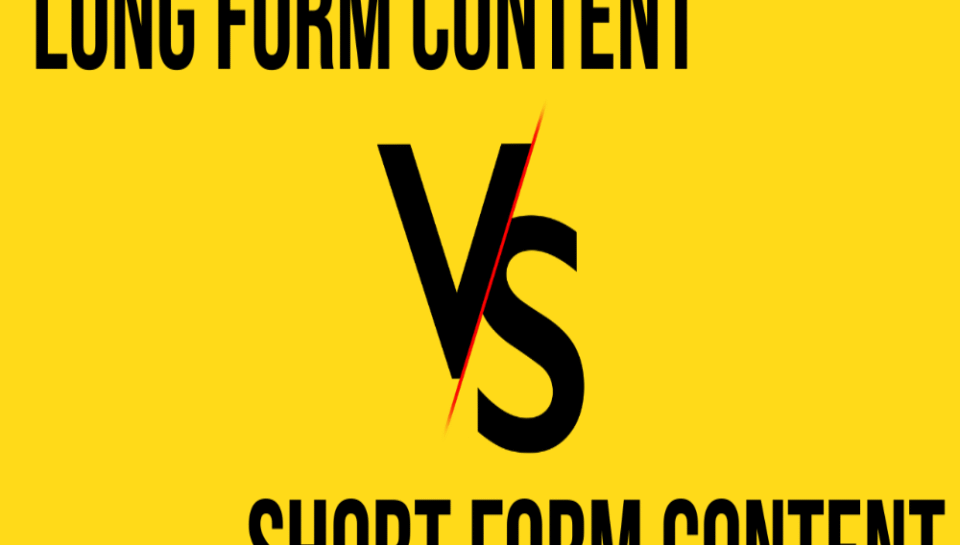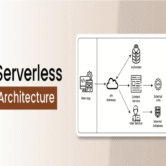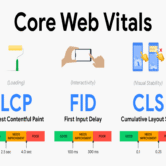
Long-Form vs. Short-Form: Balancing Web Content Strategies
Choosing between long-form and short-form content is a critical decision in shaping effective web content strategies. Each format serves a distinct purpose in addressing audience needs and aligning with content goals. Long-form content provides depth, authority, and comprehensive coverage of a topic, ideal for users seeking detailed insights or making informed decisions. In contrast, short-form content delivers concise, direct information optimized for quick consumption, often used to capture attention or support fast navigation.
The key to a balanced strategy lies in understanding user intent, engagement patterns, and content context. Long-form pages support search engine visibility, allow for topic clustering, and drive extended on-site interaction, especially when structured with clear subheadings, summaries, and internal links. Short-form content, on the other hand, excels in mobile environments, conversion pathways, and social engagement. It can act as an entry point to deeper content or serve as standalone elements that deliver immediate value.
To implement a balanced strategy, content teams should map topics to formats based on complexity, user journey stage, and channel distribution. Design systems must accommodate both types through modular layouts, scannable structures, and responsive components that adapt to content length. By aligning form with function, a website can serve diverse user needs, combining brevity for clarity with depth for trust, and establishing a more flexible and effective content experience.





